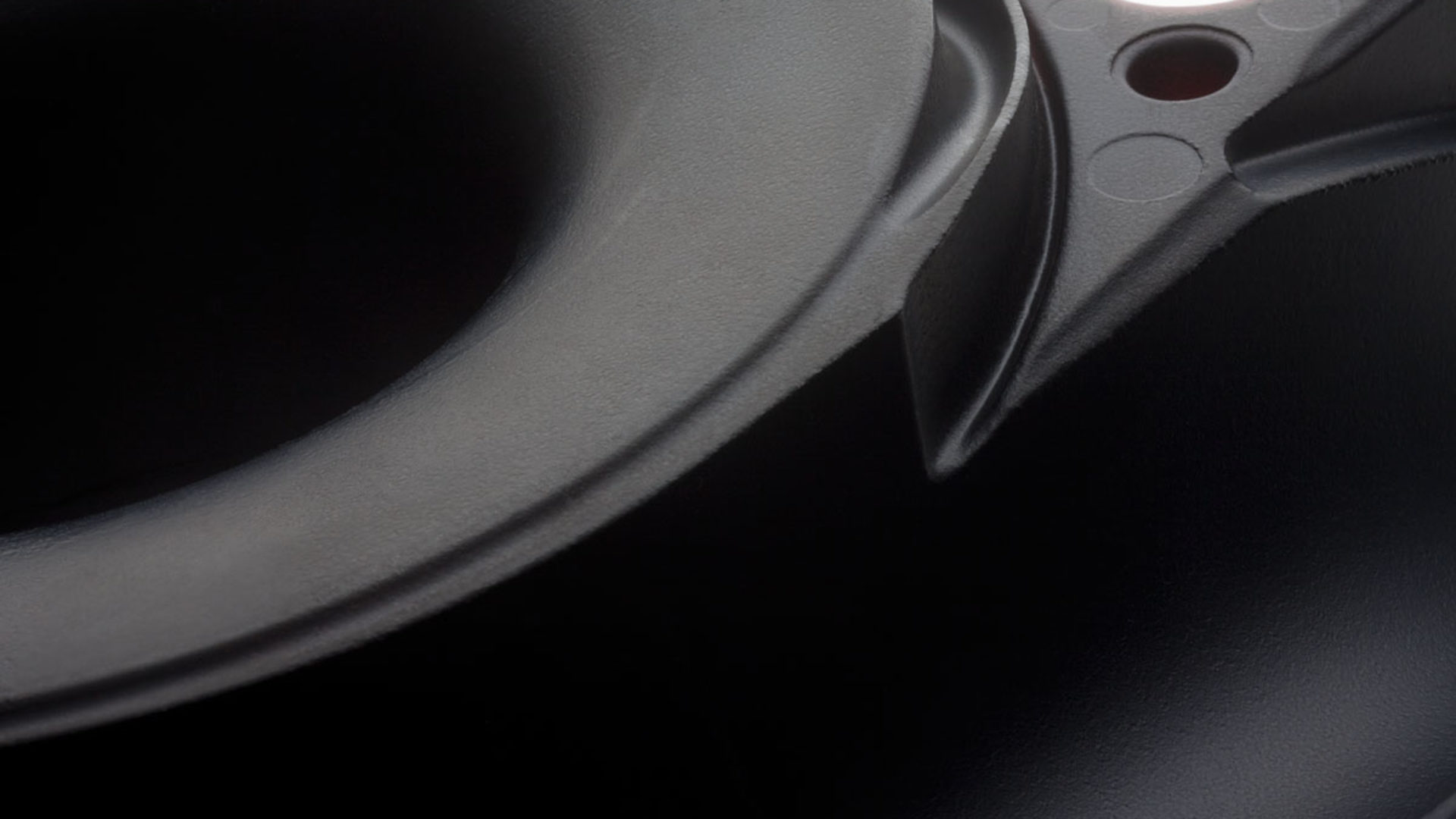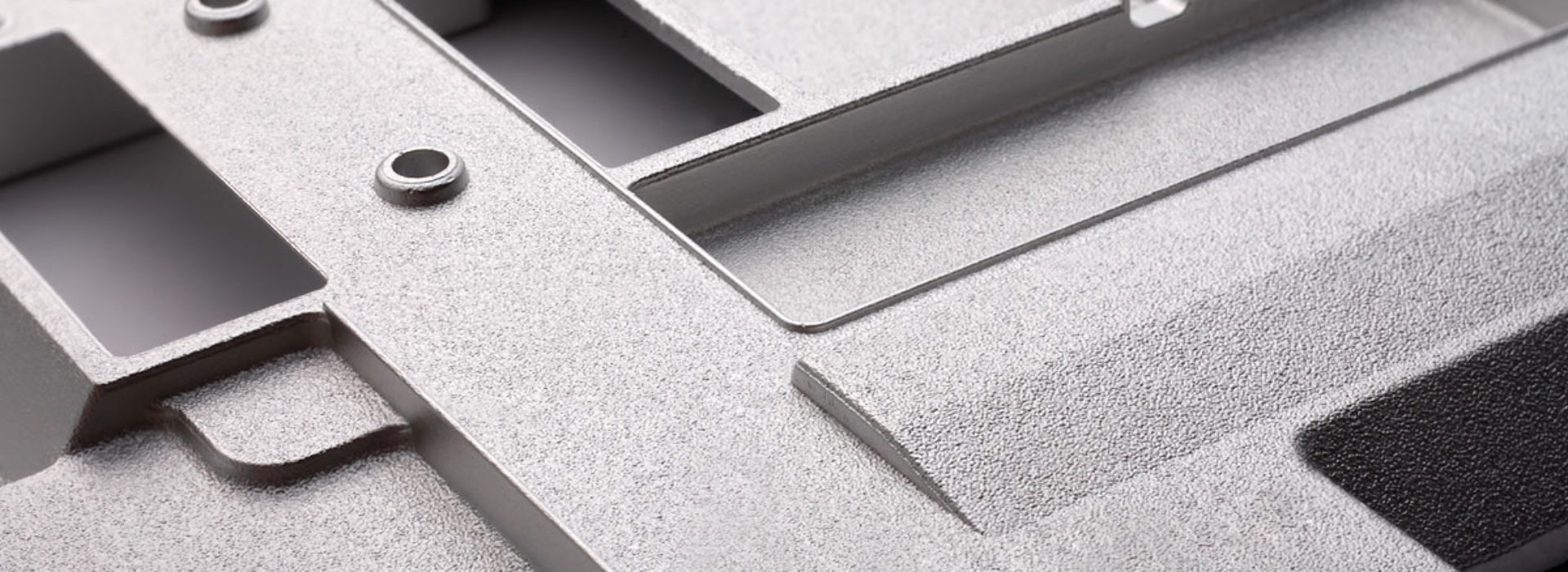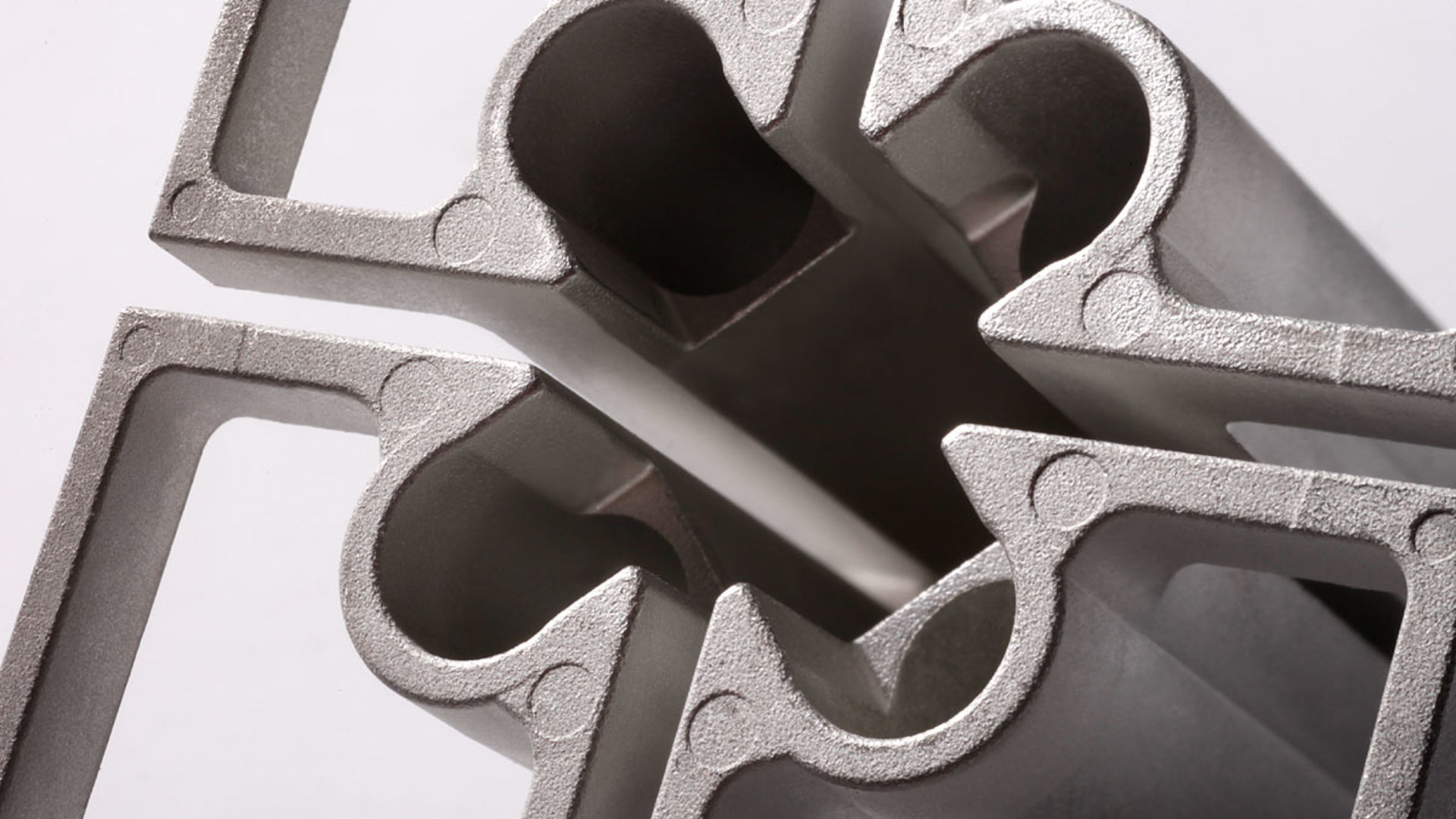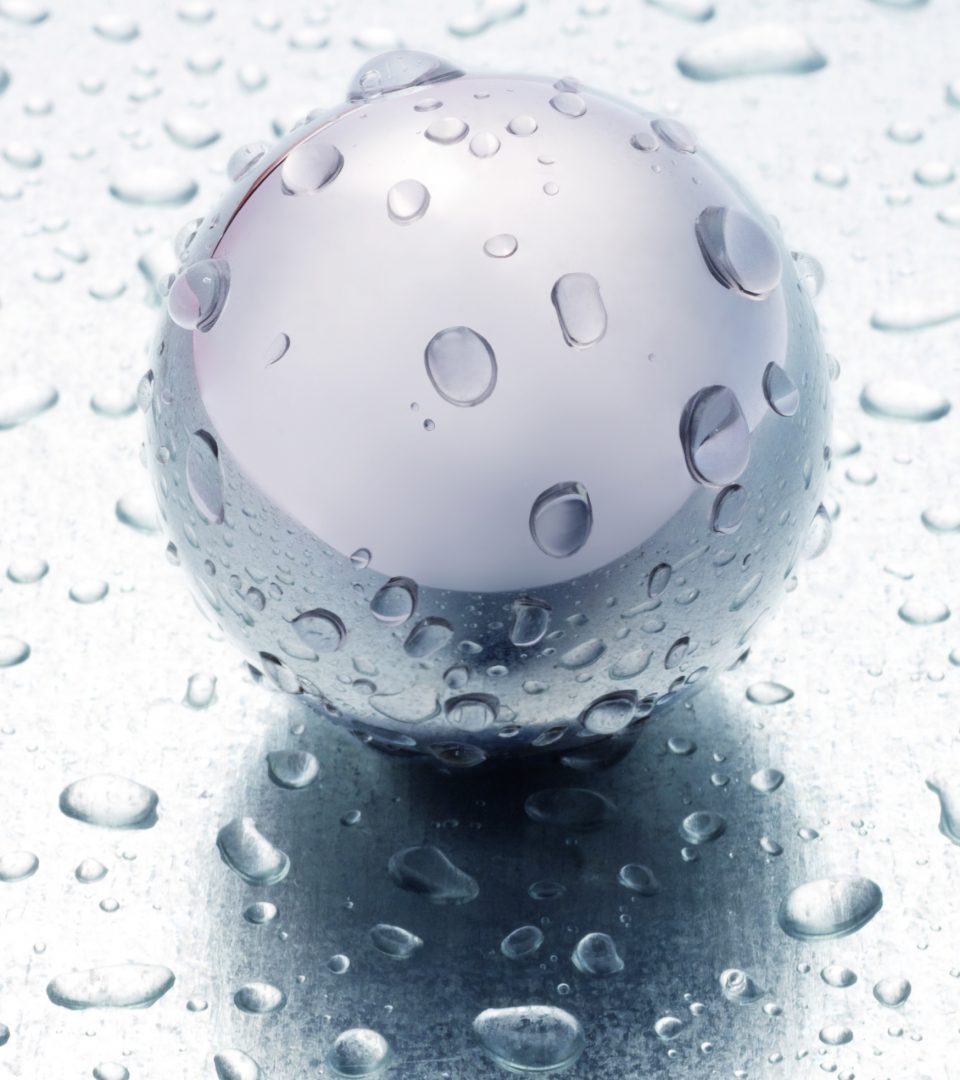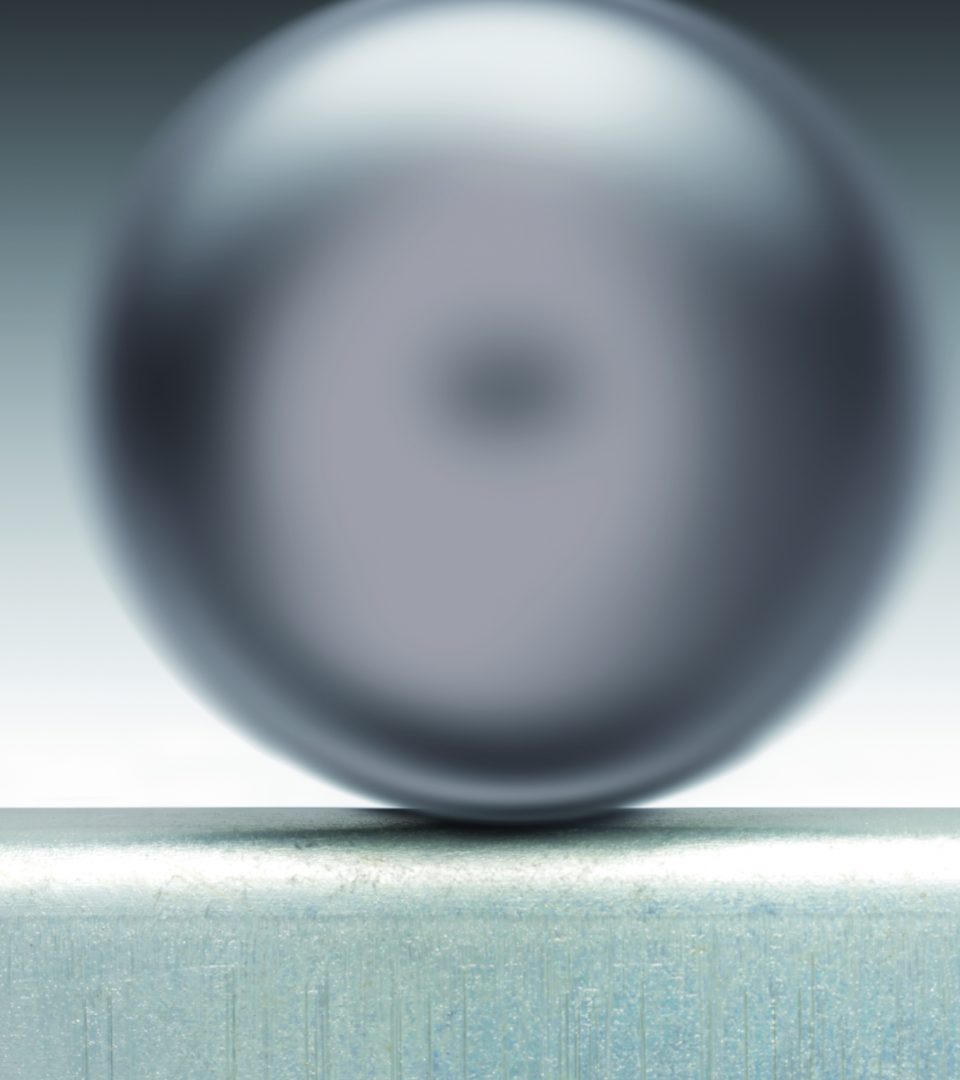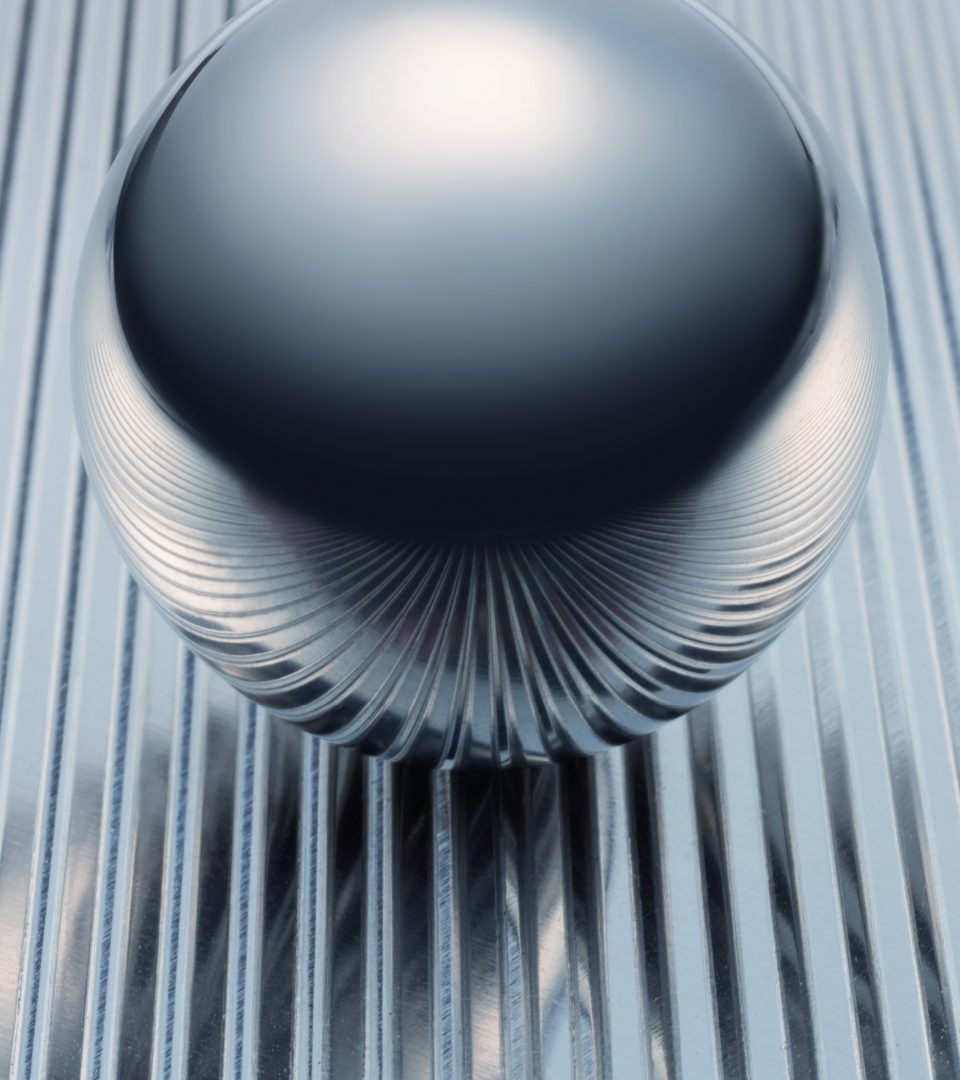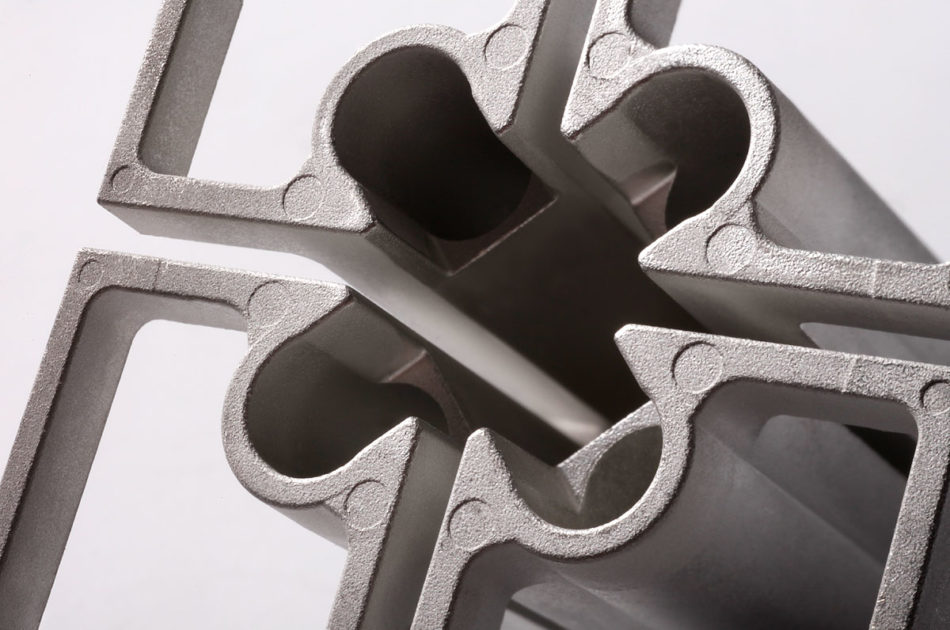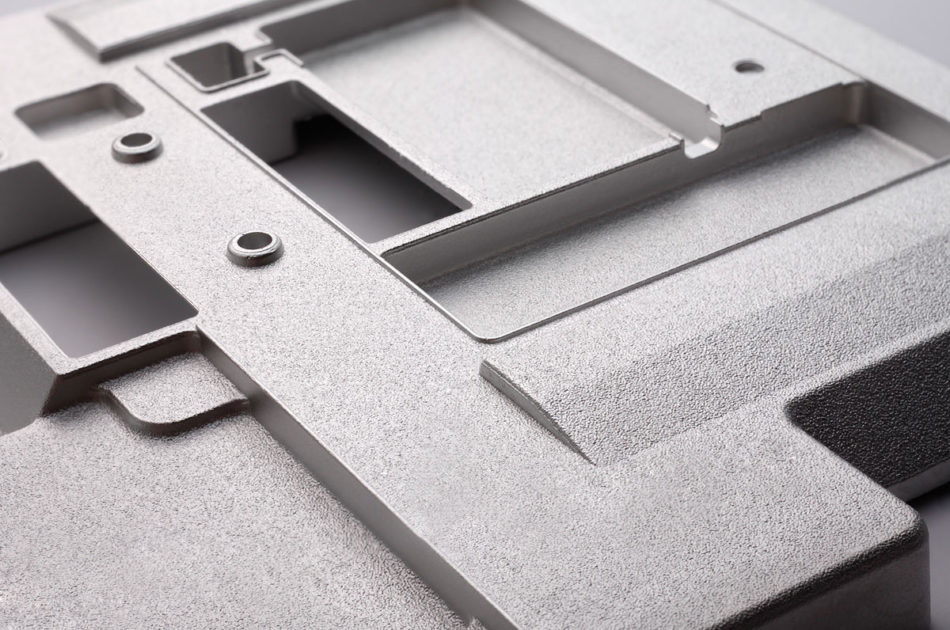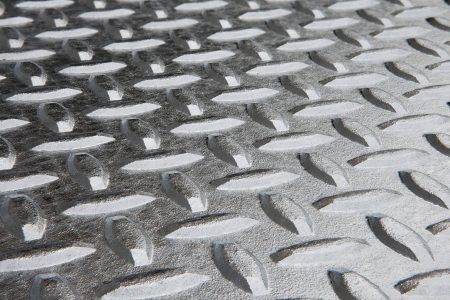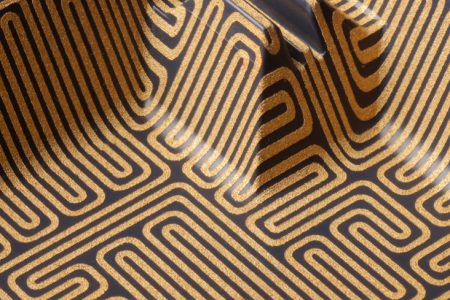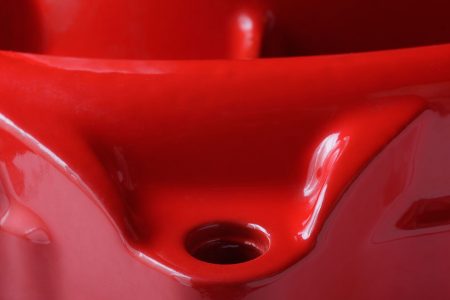Details
Typical components & applications
Typical components
Connectors, contacts, electrical housing units, battery terminals, automotive electrical connections, kitchen appliances, furniture fittings, cooling plates
Industrial applications
Electrical engineering, electronics, automotive industry, mechanical engineering, furniture industry, food industry
Tin surfaces in the portfolio
Galvanic tin process
In tin plating, a silver-white surface is produced in an electrolytic tin bath, which is covered with a thin layer of oxide in air. The base material is primarily steel, non-ferrous metals and aluminium with an intermediate layer. In addition to its decorative appearance, the tin surface has multiple functional properties, such as corrosion protection, chemical resistance, high ductility and good layer thickness distribution.
Lead-free tin
Our tin process is lead-free and therefore complies with Directive 2002/95/EC(RoHS) of the Electrotechnical and Electronic Industry, as well as the End-of Life Vehicles Directive.
Combination coatings
In combination with other layers - SkinTech® - the functional properties of tin layers can be further modified.
